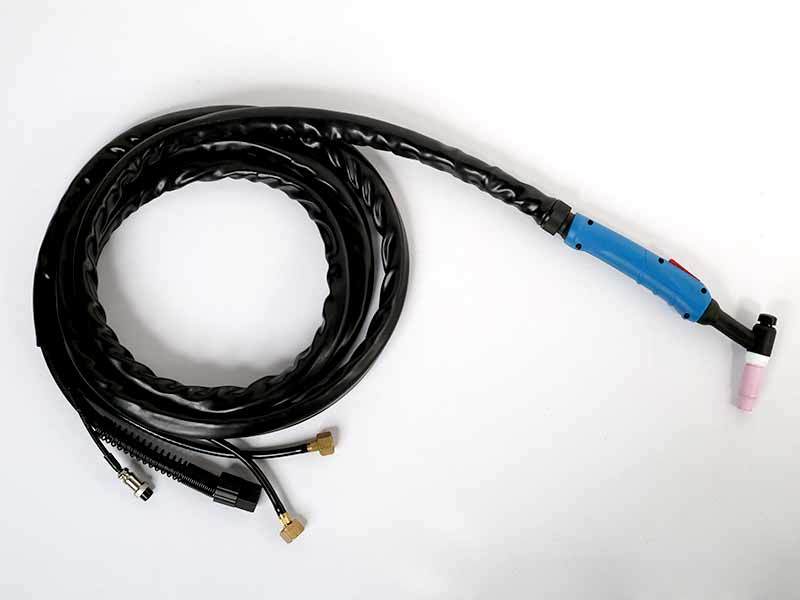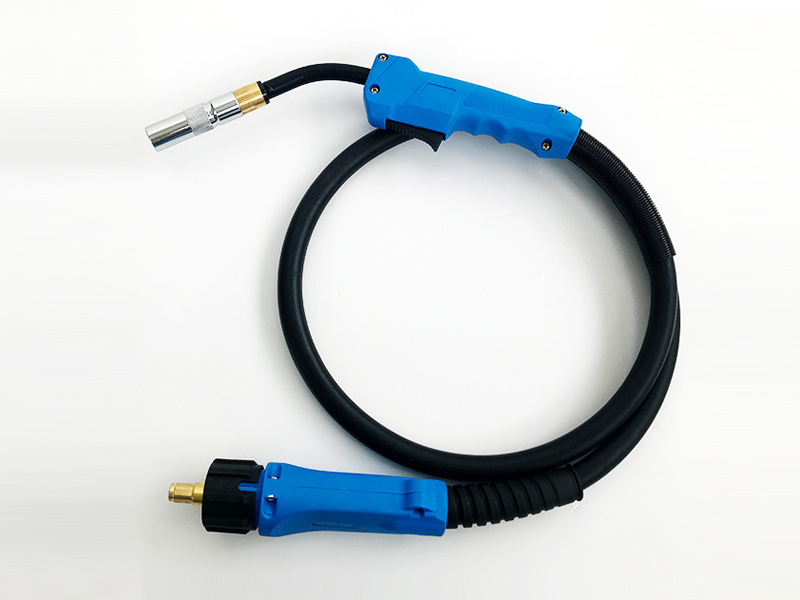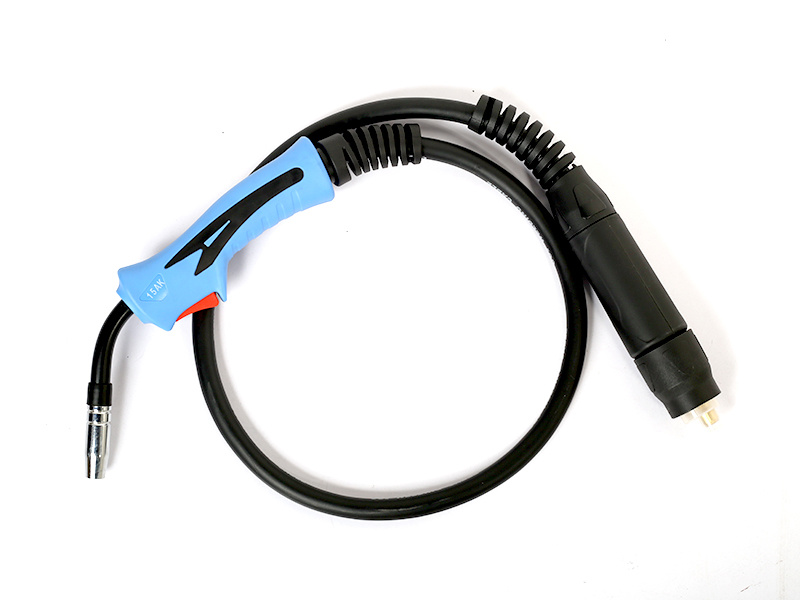language
The Evolution of Torch Welding Techniques: What You Need to Know
Sep 28,2025
The Evolution of Torch Welding Techniques: What You Need to Know
Table of Contents
1. Introduction to Torch Welding
2. Historical Background of Torch Welding Techniques
3. Types of Torch Welding Methods
3.1 Oxy-Acetylene Welding
3.2 Plasma Arc Welding
3.3 Oxygen-Free Welding Technologies
4. Applications of Torch Welding
5. Advantages of Modern Torch Welding Techniques
6. Safety Practices in Torch
The Evolution of Torch Welding Techniques: What You Need to Know
Table of Contents
1. Introduction to Torch Welding
2. Historical Background of Torch Welding Techniques
3. Types of Torch Welding Methods
3.1 Oxy-Acetylene Welding
3.2 Plasma Arc Welding
3.3 Oxygen-Free Welding Technologies
4. Applications of Torch Welding
5. Advantages of Modern Torch Welding Techniques
6. Safety Practices in Torch Welding
7. Future Trends in Torch Welding Technologies
8. Frequently Asked Questions about Torch Welding
9. Conclusion
1. Introduction to Torch Welding
Torch welding is a critical technique in various industrial applications, characterized by its ability to join metal components through the application of heat. This method utilizes a flame produced by combusting gas, typically oxy-acetylene or a similar mixture, to achieve high temperatures necessary for melting metals. The importance of torch welding cannot be overstated; it has revolutionized the way metals are joined, repaired, and treated across multiple industries.
2. Historical Background of Torch Welding Techniques
The origins of torch welding can be traced back to the early 20th century, when welding technologies began to evolve rapidly. Initially, blacksmiths used simple flame techniques to join metals. The introduction of oxy-acetylene welding in the 1900s marked a significant milestone, allowing for more precise and efficient welding operations. Over the decades, various innovations have led to the development of advanced torch welding methods, making it a staple in metalworking industries.
3. Types of Torch Welding Methods
Understanding the different types of torch welding methods is crucial for professionals in the field. Each technique has unique characteristics and applications.
3.1 Oxy-Acetylene Welding
Oxy-acetylene welding (OAW) is arguably the most recognized method. This technique involves the combustion of acetylene and oxygen gases, producing a flame that can reach temperatures of approximately 3,500°C (6,332°F). OAW is commonly used for welding steel and other ferrous materials, as it provides excellent penetration and a stable flame.
3.2 Plasma Arc Welding
Plasma arc welding (PAW) is a more advanced technique that utilizes a plasma torch to generate a concentrated arc of ionized gas. This method allows for greater control and precision, making it suitable for welding thin materials and intricate components. PAW is increasingly used in the aerospace and automotive industries due to its superior quality and efficiency.
3.3 Oxygen-Free Welding Technologies
Oxygen-free welding technologies focus on reducing the presence of oxygen during the welding process, which minimizes oxidation and enhances the quality of the weld. These methods, including inert gas welding, are particularly beneficial for welding non-ferrous metals such as aluminum and titanium.
4. Applications of Torch Welding
Torch welding finds applications in a variety of sectors, including construction, automotive manufacturing, shipbuilding, and maintenance. Its versatility allows it to be used for tasks ranging from repairing machinery to constructing large structures. The ability to weld on-site and in challenging environments further extends its utility.
5. Advantages of Modern Torch Welding Techniques
Modern advancements in torch welding techniques offer numerous benefits. Some of the key advantages include:
- **Enhanced Precision**: Newer methods provide greater control over the welding process, resulting in cleaner and more accurate welds.
- **Increased Speed**: Modern torch welding equipment operates faster, reducing overall project timelines and boosting productivity.
- **Versatility**: The ability to work with a wide range of materials makes torch welding a flexible choice for many applications.
- **Cost-Effectiveness**: Innovations often lead to reduced material waste and lower operational costs, benefiting businesses economically.
6. Safety Practices in Torch Welding
Safety is paramount in torch welding. Adhering to best practices ensures the well-being of operators and the integrity of the workspace. Key safety measures include:
- **Personal Protective Equipment (PPE)**: Welders should always wear appropriate PPE, including gloves, goggles, and flame-resistant clothing.
- **Ventilation**: Ensuring adequate ventilation in the workspace helps to dissipate harmful fumes and gases produced during welding.
- **Fire Safety**: Keep flammable materials away from the welding area and have fire extinguishing equipment readily available.
7. Future Trends in Torch Welding Technologies
As technology continues to advance, the future of torch welding appears promising. Emerging trends include:
- **Automation**: Increasing automation in welding processes is expected to enhance productivity and quality.
- **Integration of AI**: Artificial intelligence is being explored to optimize welding parameters and improve precision.
- **Sustainability**: The development of eco-friendly welding practices is gaining traction, focusing on reducing energy consumption and waste.
8. Frequently Asked Questions about Torch Welding
Q1: What are the common gases used in torch welding?
A1: The most common gases used in torch welding are acetylene and oxygen. Other gases, such as propane, can also be used in specific applications.
Q2: Is torch welding suitable for all metals?
A2: While torch welding can be used on many metals, it is most effective with ferrous metals. Non-ferrous metals may require specialized techniques.
Q3: How do I choose the right torch welding method for my project?
A3: Consider factors such as material type, thickness, and the desired quality of the weld when selecting the appropriate torch welding method.
Q4: What safety equipment is essential for torch welding?
A4: Essential safety equipment includes welding goggles, gloves, flame-resistant clothing, and respiratory protection if necessary.
Q5: How do I maintain my torch welding equipment?
A5: Regular maintenance includes checking for leaks, cleaning the nozzle, and ensuring all components are in good working order to prevent accidents.
9. Conclusion
The evolution of torch welding techniques has significantly impacted various industries, providing efficient and precise methods for joining metals. From the historical roots of oxy-acetylene welding to modern advancements in automation and sustainability, understanding these techniques is essential for professionals in the field. By embracing the innovations and safety measures associated with torch welding, operators can ensure high-quality work while maintaining a safe working environment. As we look to the future, staying informed about emerging trends will be crucial for continued success in this dynamic field.
PREVIOUS:
Add
Xing village, lvgongbao town, renqiu city, hebei province, china









